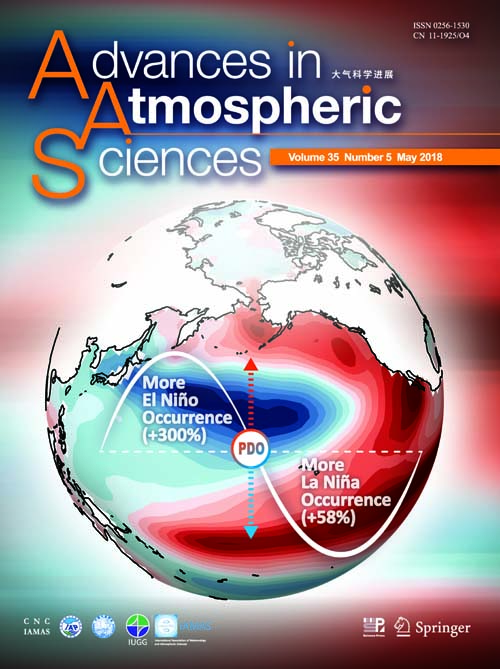Study suggests El Nino predictions could be improved by considering off-equatorial climate patterns.
For decades, the world’s leading scientists have observed the phenomena known as El Nino and La Nina. Both significantly impact the global climate and both pose a puzzle to scientists since they’re not completely understood. Now, a new study helps clear up some of the obscurity surrounding El Nino and La Nina, which together are called the El Nino Southern Oscillation (ENSO). This new study examines ENSO frequency asymmetry during different phases of the Pacific Decadal Oscillation (PDO), a climate pattern in the North Pacific.
Previous studies have investigated the relationship between ENSO and PDO but none have examined if the warm (positive) and cool (negative) phases of PDO in the North Pacific influence the frequency of ENSO events in the tropical Pacific. “For the first time,” said Prof. ZHENG Fei from the Institute of Atmospheric Physics, Chinese Academy of Sciences, and coauthor on the study, “we quantitatively demonstrated that El Nino is 300 percent more (58 percent less) frequent than La Nina in positive (negative) PDO phases.”
The findings were published in Advances of Atmospheric Sciences and selected as the cover article of Issue 5.

Artistic representation of the observed Pacific Decadal Oscillation spatial pattern in the North Pacific and its significant association with El Niño/La Niña occurrence, which is also evident in most CMIP5 models.(Image by Advances in Atmospheric Sciences)
To arrive at their findings, the researchers used observational data and the output of 19 models from the Coupled Model Intercomparison Project Phase 5 (CMIP5). “By adopting the observations and CMIP5 climate model simulations,” said Zheng, “we had an opportunity to explore how PDO modulates the occurrence of ENSO.” This type of exploration meets an increasing need today, which is for scientists to better understand the mechanisms that affect the occurrence of ENSO.
While all the answers surrounding these events aren’t known, the effects of ENSO are well understood. When sea surface temperatures are warmer or cooler than normal in the equatorial Pacific Ocean, weather patterns around the world are impacted. Everything from pressure systems to wind and precipitation can be influenced by ENSO, including the supply of water in a region since it can cause moisture extremes.
ZHENG and his group at the Chinese Academy of Sciences have been focusing on ENSO for more than 10 years now. The results from their own recent studies showing that ENSO prediction highly relies on off-equatorial physical processes motivated this latest study exploring the effects of PDO, according to Zheng, who believes that this approach is necessary to understand ENSO better. “Our study suggests that more attention should be paid to the processes outside the equator when attempting ENSO predictions to provide reliable warning of climate extreme events and avoid potential economic loss,” he said.
Reference: Lin, R. P., F. Zheng, and X. Dong, 2018: ENSO frequency asymmetry and the Pacific Decadal Oscillation in observations and 19 CMIP5 models. Adv. Atmos. Sci., 35(5), https://doi.org/10.1007/s00376-017-7133-z .
Contact: LIN Zheng, jennylin@mail.iap.ac.cn
